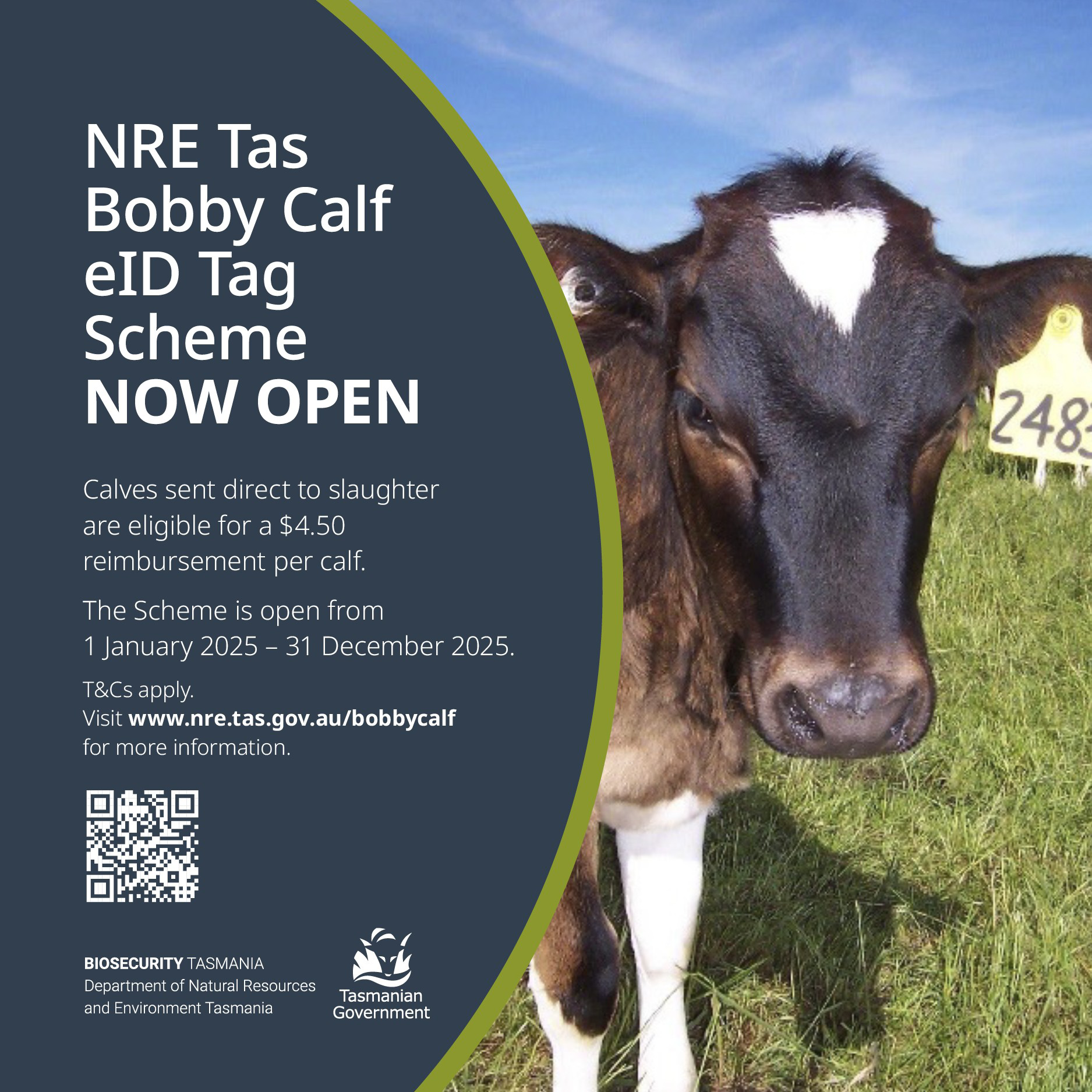Rabbit war falls short

The State Government has defended its efforts to control wild rabbit populations despite TasFarmers describing the effectiveness of this year’s calicivirus rollout as mixed.
The Department of Natural Resources and Environment Tasmania has been releasing the virus – which is transmitted by flies and direct contact between rabbits – into the wild to control rabbit populations.
TasFarmers CEO Nathan Calman said calicivirus had spread well in some regions but not in others.
“While the rollout has had some success, it hasn’t achieved the results we were hoping for,” Mr Calman said.
“This is due to several factors that affect how well the virus spreads. For example, seasonal conditions like low rainfall have reduced the number of insects or animals that normally help spread the virus.”
Mr Calman said the calicivirus rollout could be improved through a more targeted approach.
“Farmers are telling us that the government needs to provide clear communication and take responsibility for the management of Crown land.
“A coordinated, long-term approach is essential, one that includes proactive population control and sustained funding.
“This will ensure the risk is managed effectively, rather than through short-term or reactive measures.
“Wild rabbit populations have a significant impact on farm biosecurity, animal feed availability, and overall farm safety.
“The damage bill runs into the millions each year.”
The provision of Pendone baits and controlled access to suppressors by property owners were measures TasFarmers also wanted to see.
“It’s essential that producers have access to alternative control options when calicivirus release is not viable,” Mr Calman said.
Primary Industries Minister Jane Howlett said where calicivirus had been released landowners had reported a reduction in rabbit numbers.
“Inspectors have reported that there has been an excellent take-up of the baited carrots by rabbits where they have been released,” Ms Howlett said.
“There are also lower levels of insect activity this autumn, which would otherwise help contribute to the spread of the virus.”
She said research showed an integrated pest management approach was the most effective and cost-efficient method of containing rabbits.
“This means government and landowners working together to employ more than one control technique in rapid succession, like warren ripping, fencing, baiting, shooting and removing things like log heaps and blackberry bushes, which provide shelter and protection for wild rabbits.
“I’d urge anyone wanting to discuss rabbit management options to contact Biosecurity Tasmania.”




Add new comment
Comments
Rabbit control
As part of an effective rabbit control management strategy the use of long netting, ferreting and the use of suppressors is logical. Time this state government improves the use of suppressors. Afterall they approved them out of a helicopter!!